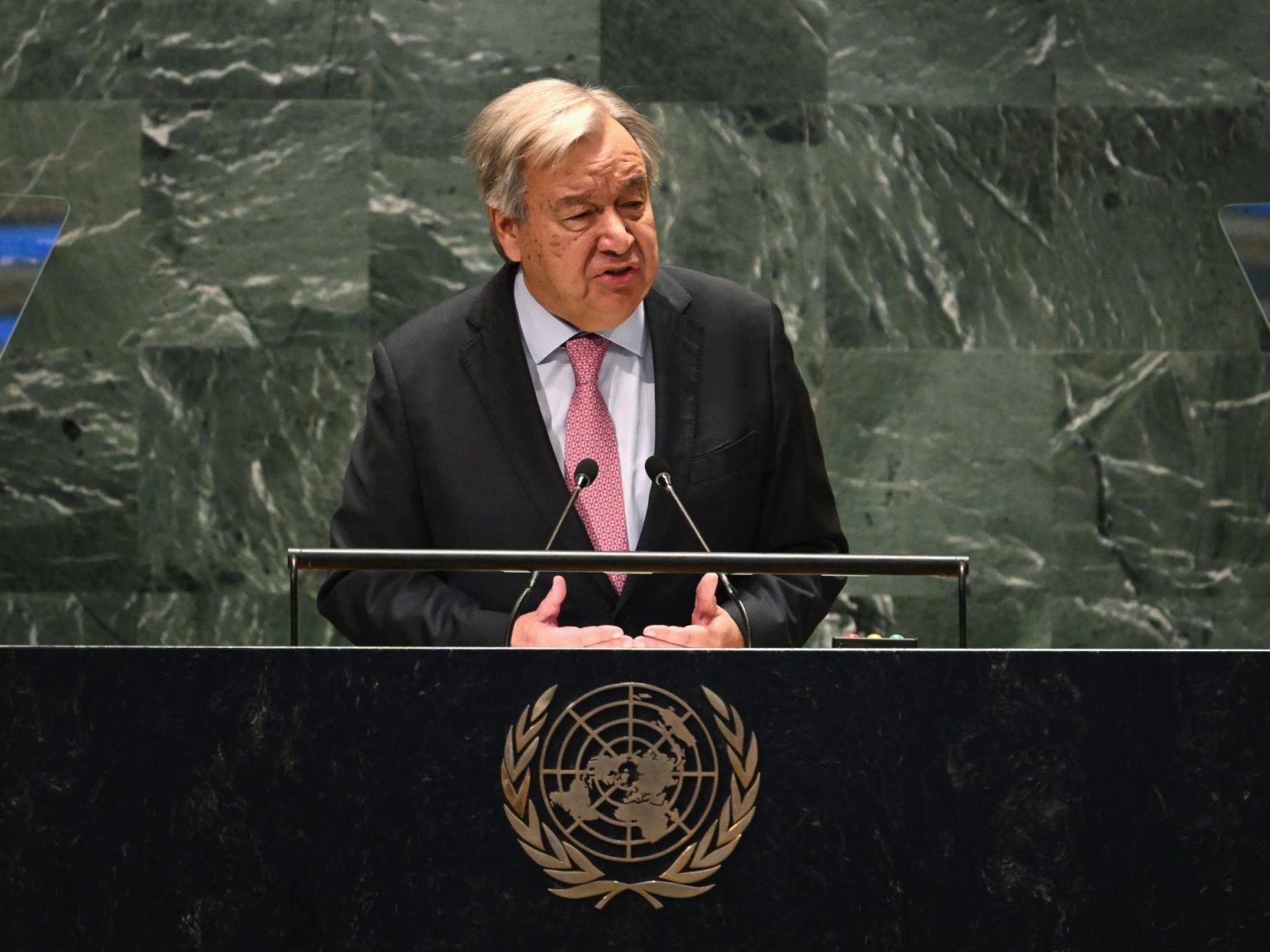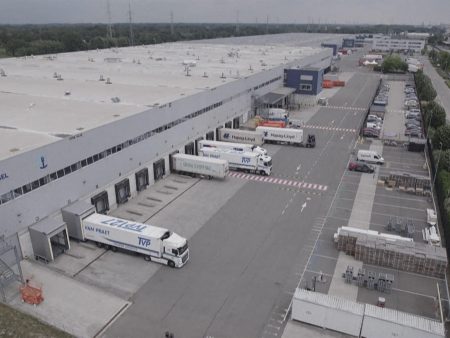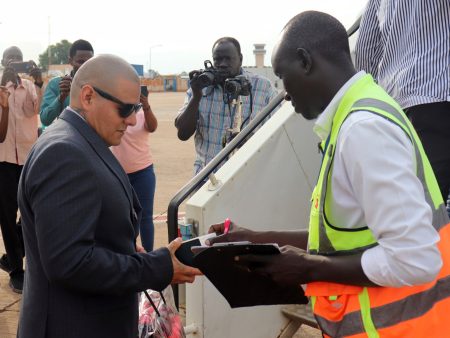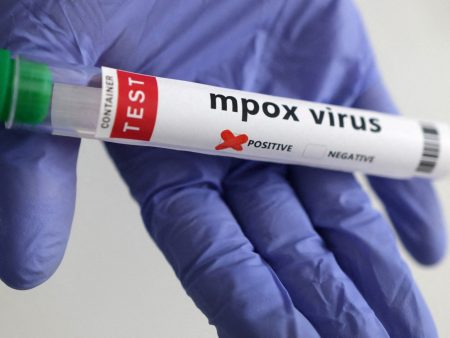The United Nations General Assembly has recently adopted a “Pact for the Future”, a landmark agreement aimed at addressing the various challenges facing humanity, including wars, environmental threats, and technological challenges. This agreement, which was adopted without a vote at the start of a two-day Summit of the Future, is seen as a step towards more effective and inclusive multilateralism. UN Secretary-General Antonio Guterres emphasized the importance of bringing multilateralism back from the brink, as dozens of heads of state and government gathered for the adoption of the pact.
The pact includes an annex on working towards a responsible and sustainable digital future, and covers themes such as peace and security, global governance, sustainable development, climate change, digital cooperation, human rights, gender, youth, and future generations. It lays out 56 broad actions that countries have pledged to achieve in order to bolster the multilateral system and protect the needs and interests of current and future generations facing persistent crises. The UN chief has long been advocating for this pact, which aims to create a brighter future for all of humanity.
During the adoption of the pact, an amendment introduced by Russia emphasizing the principle of non-interference in the internal affairs of states caused a brief delay. However, this amendment was overwhelmingly dismissed, and the pact was ultimately adopted. Despite some criticism and objections from certain countries, the pact is seen as an opportunity to affirm the collective commitment to multilateralism, particularly in the current difficult geopolitical context. There is a need to rebuild trust between the Global South and North, and the pact is viewed as a source of hope and inspiration for a better future.
Developing countries have been vocal in demanding concrete commitments for the reform of international financial institutions, with a focus on securing easier access to preferential financing, especially in light of the impacts of climate change. There are concerns about the implementation of the nonbinding pact and its annexes, as some principles, such as the protection of civilians in conflict, continue to be violated daily. However, the pact provides an opportunity for countries to come together and reaffirm their commitment to multilateralism, even in challenging circumstances.
The pact reflects a collective effort to address the pressing challenges facing humanity and work towards a better future for all. It serves as a blueprint for countries to collaborate and take action on key issues such as peace and security, sustainable development, climate change, and human rights. Moving forward, countries will need to work together to ensure the effective implementation of the pact and its broad actions. By reaffirming their commitment to multilateralism and addressing the needs of current and future generations, UN member countries are taking a significant step towards creating a more inclusive and sustainable future for all.













